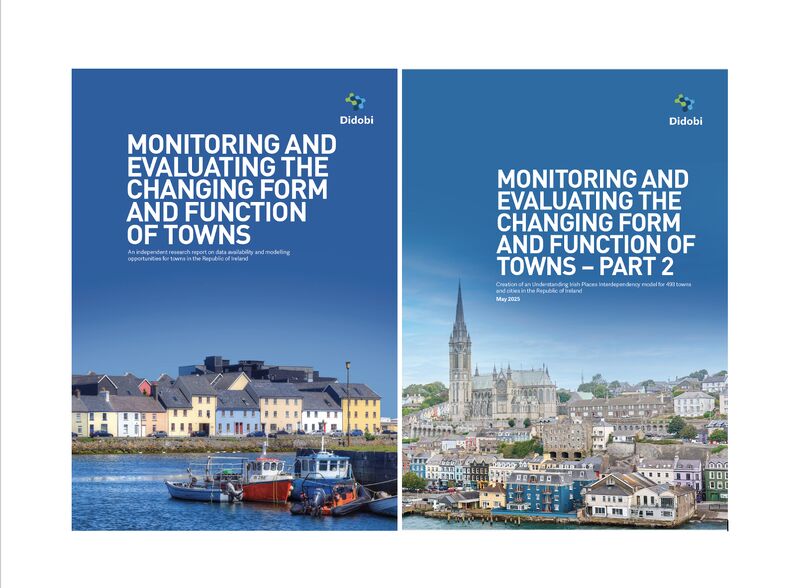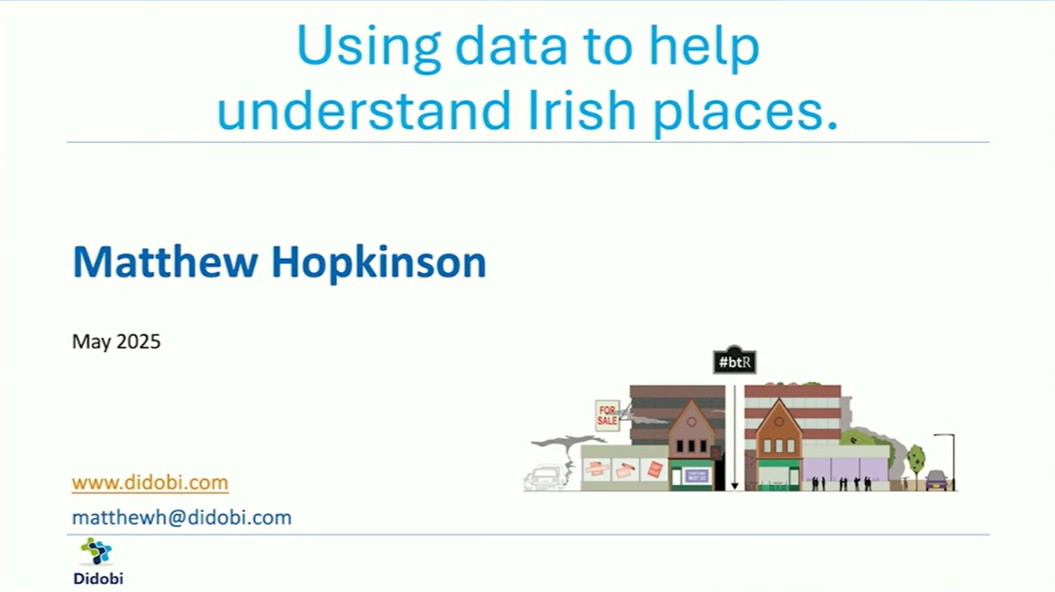What the numbers behind the autumn statement for the High Street really mean
The autumn statement can be considered as good news for our town centres. Some we had heard prior with Hugh Pym’s (BBC) scoop on the 2% cap but the two surprises for me were the £1,000 discount for sub £50,000 RV premises and the 50% rates discount for reoccupation of long term vacant property.
The 2% cap is something that has grown in momentum with a number of organisations and campaigns being run to heighten awareness. In deed it is a tax, which nearly every report on the High Street has alluded to in particular, the Grimsey Review that called for a root and branch reform and provided some hard evidence for the reasons why. At LDC we also did a short research paper with Dr. Alex Singleton of the University of Liverpool, which highlighted the changes since 2008 when the current rates were set.
Quick analysis of the VOA data shows that 92% of retail records have a rateable value of £50,000 or less. If you look at the £20,000 or less band then the number is still very high at 80%. This just shows that we are a ‘nation of shop keepers’ as Napoleon so aptly put it. This also reflects that 66% of the premises we track (280,000) are independent retailers who, in general, occupy smaller premises. So the numbers eligible for the £1,000 discount are considerable. Of note for the number crunchers is that 2% of £50,000 is £1,000 and therefore if you are paying £25,000 in rates then the £1,000 discount is worth 4% to you, which is effectively a discount and not a cap. Good news for those in this bracket, which is c.550,000 premises.
So for vacant premises who have been vacant for more than a year my understanding is that a new occupier will qualify for a 50% rates discount for the first 18 months of occupation. In England & Wales in the top 628 town centres alone we are know of 15,474 premises that have been vacant for more than a year. This equates to 37% of the total number of all vacant premises in England and Wales both in and out of the top town centres. Time does not allow but I would say that this number in reality is higher at c.42% if one looks just at the town centres. This volume of long-term vacancy reinforces the fact that we have too many shops, as I will show below. It is good to see this being adopted as it was one of the key recommendations of The Grimsey Review so perhaps Governments do listen.
In the last three years in the top 650 town centres (I am focusing on town centres as this is in the main where you get the independents and multiples together as this is not the case in retail parks or shopping centres) 144,000 business opened or closed their doors. This equates to nearly 1,000 a week, which is not insignificant. The big question around these new business rate caps and discounts is will this increase this number further – only time will tell! Of this churn (openings & closures activity) 73% (105,000) were Independents (less than 5 premises nationally). Their net change, contrary to popular belief, was positive at +2.28% or an additional 2,681 trading businesses. However, the detail shows you that this growth is not from what you and I call shops but primarily from service businesses (nail salons, hairdressers etc.), convenience uses (delicatessens, convenience stores) and leisure (cafes and restaurants). The overriding number is that comparison goods uses (shops as you I know them – shoes, clothes, florists, books) have declined by 2.68%, which is a loss of 1,032 businesses from our high streets. So the independents are very much growing but not in the traditional occupation uses of the high street of old.
Chain retailers (multiples) are a very different story. Overall they have seen a decline of -2.35% in the top 650 town centres which equates to a loss of -1,741 overall. 2012 was the greatest decline at -1,778. 40,000 (27%) multiples opened or closed their doors in these top town centres in the last threes years. Whilst I alluded to the significant decline of independent comparison goods retailers above the picture is twice as bad of the chains with a decline of -6.25% or 2,051 units. In many towns these were the anchor stores for the high street of which the most well known and loved was Woolworths who five years ago closed over 820 stores. It is not only the chain comparison goods retailers that have left but the service businesses have also declined at -3.44% (-1,741 units) and these include banks & building societies along with estate agents. Leisure (food and beverage) at +6.24% prevented this situation being significantly worse. The point of note here is that the make up and purpose of our high streets are changing and as chains often occupier larger premises and are leaving these will the independents take them on when small is beautiful for many of them. Co-operatives and shared space is the only way forward here and an option that I believe would do well and play to the strengths of the independent. Hand Picked Hall in Yorkshire is a good example of this where large space is shared by many under one landlord – a department store for independents or some might say indoor market!
So lots of positive news for the high street BUT we still need to acknowledge that the business rates system needs changing as the incentives mentioned above are very different if you are in leafy southern market towns or London where rents have increased by up to 25% or if you are in high employment regional towns where rents have dropped by as much as 60% and the vacant shops are not fit for reoccupation. It is good news overall but at the end of the day it will not help those who need it most with the most as the incentives are spread across the whole no matter what has happened to rents and occupation of your high street since 2008. More to be done!






Leave a comment: